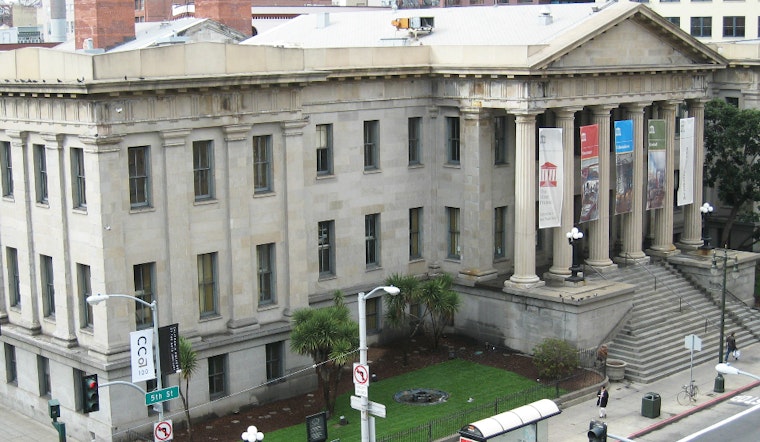
If you've spent any time in the city's eastern neighborhoods, from Fisherman's Wharf south to SoMa, you've probably seen the bronze Barbary Coast Trail plaques inlaid into the sidewalks.
Have you ever wondered how they got there and what they reference? Or even how to sponsor one?
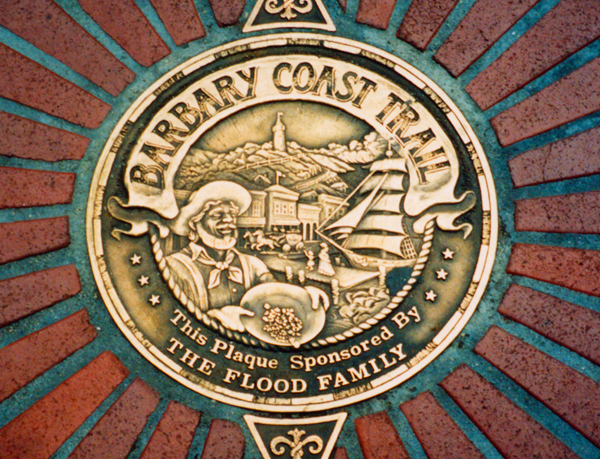
Hoodline talked to Daniel Bacon, the founder of the Barbary Coast Trail, to learn more about its history. Bacon devoted the better part of a decade to creating the trail, from its inception in 1994 to the current lineup of 180 plaques, and he hopes someone will carry on from here to continue building it.
Despite the name "Barbary Coast Trail," the markers don't just signify Gold Rush-era sites. They highlight a potpourri of the city's offerings, including landmarks, historic ships, saloons, murals, museums, views and more, from the mid-1800s through the Beat Era and beyond. In order to best ferret out the meaning of each marker, Bacon sells downloadable audio tours and pocket guides, and also gives guided tours for groups.
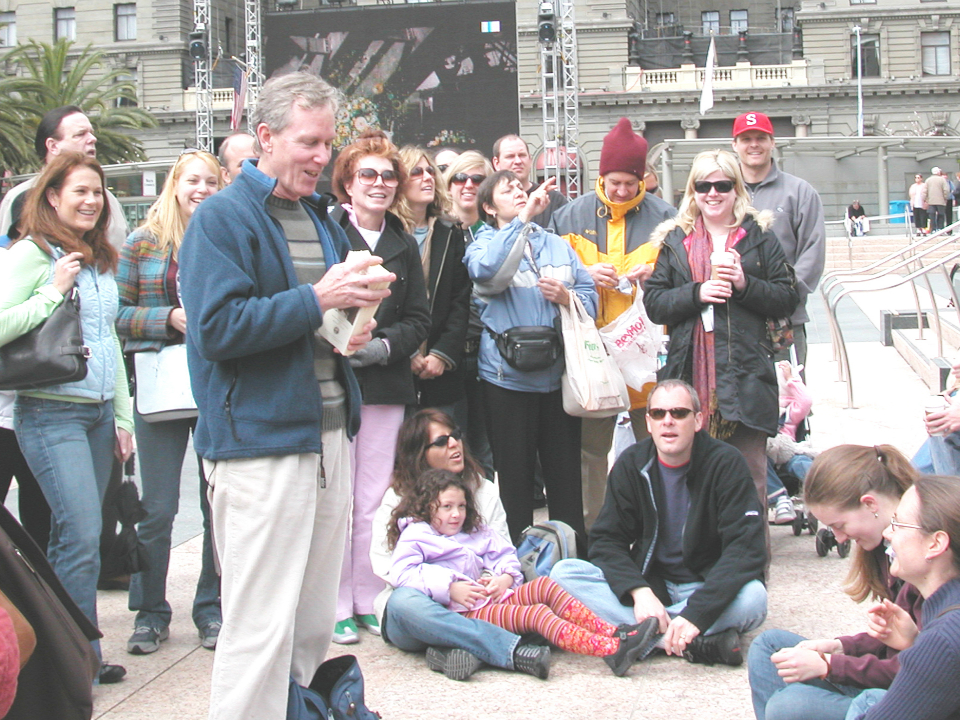
A Barbary Coast Trail tour.
The 3.8-mile trail winds from SoMa through the FiDi, Chinatown, Jackson Square and North Beach up to Fisherman's Wharf. It starts at the Old Mint and ends at Aquatic Park. "The trail is also just a great walk," Bacon said. "That’s the thing I love about it. You’re going through all these vibrant neighborhoods; you’re seeing all this great architecture.” If you want to end up where you started, you can loop back using the Powell-Hyde cable car.
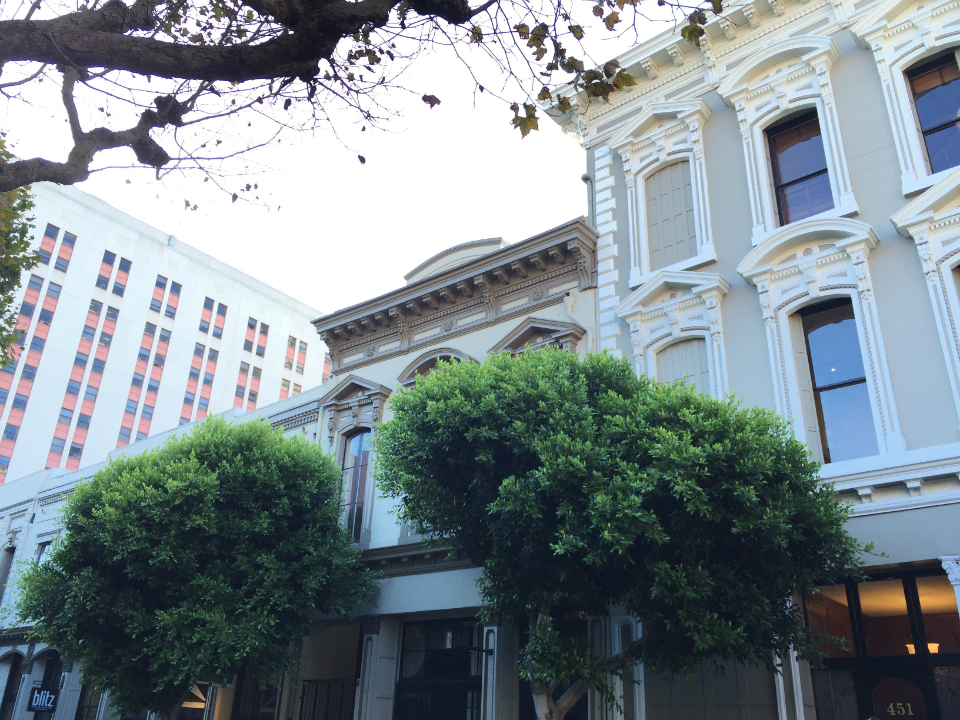
Historic buildings of Jackson Square. (Photo: Geri Koeppel/Hoodline)
In creating the trail, Bacon said he was inspired by Boston's Freedom Trail. "I’ve always thought of San Francisco as being a very special place," he said. "I’ve lived in the Bay Area all my life; in San Francisco 27 years. There’s always been a magic to it to me, and part of it is its history. San Francisco has this really remarkable, dynamic history.”
Bacon spent close to two years designing the trail, researching possible candidates for the sites. He wanted to make it a trail people could follow, without zig-zagging around too much. He also got the San Francisco Museum and Historical Society, of which he's a longtime member and former board member, to agree to sponsor it.
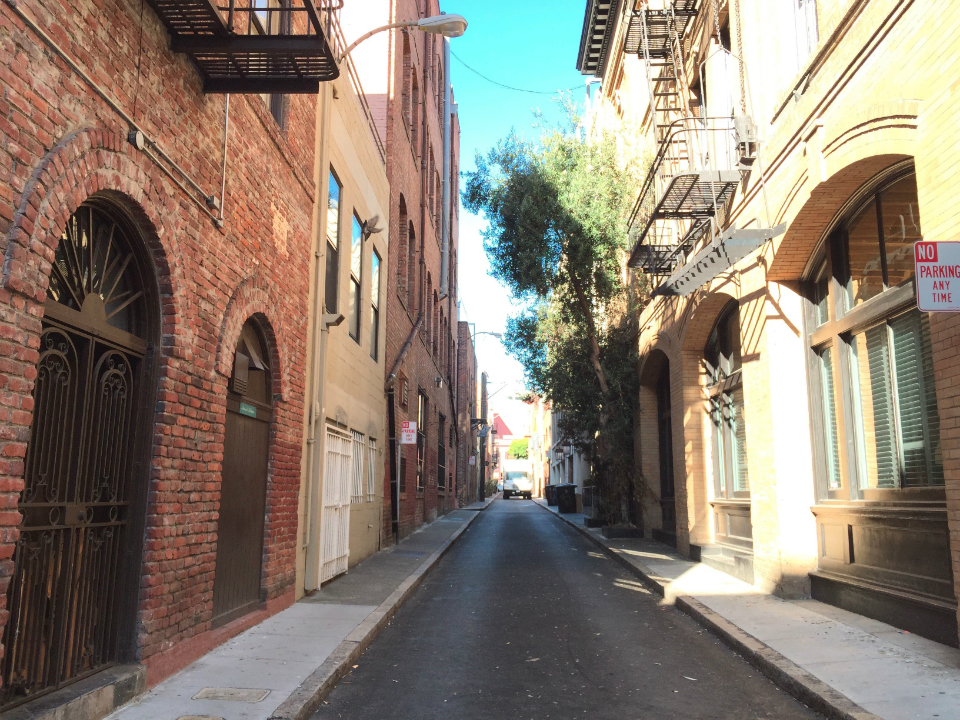
Gold Street. Photo: Geri Koeppel/Hoodline
From there, Bacon had to get approvals from five agencies, including the Board of Supervisors, SF Public Works, SF Recreation and Park, a joint police-fire board and the San Francisco Maritime National Historic Park. He also had to get the OK for each of the 150 sites. "It was a long process, and I had to go to many many meetings and do all kinds of presentations," Bacon said. "We were really fortunate because at the time, the president of the board [Barbara Kaufman] was very supportive, and she kind of took us under her wing, and that was huge."
Once the trail was a go, Bacon had to work with the Planning Department on how to mark it. He came up with the idea of laying round medallions with arrows in the sidewalk. The design process took about a year, and was done by volunteers. "We had to get an architect to draw where each plaque was going to be and what the sidewalk was going to look like," Bacon said. Two or three architects donated their time; sponsors paid for the initial 150 plaques.
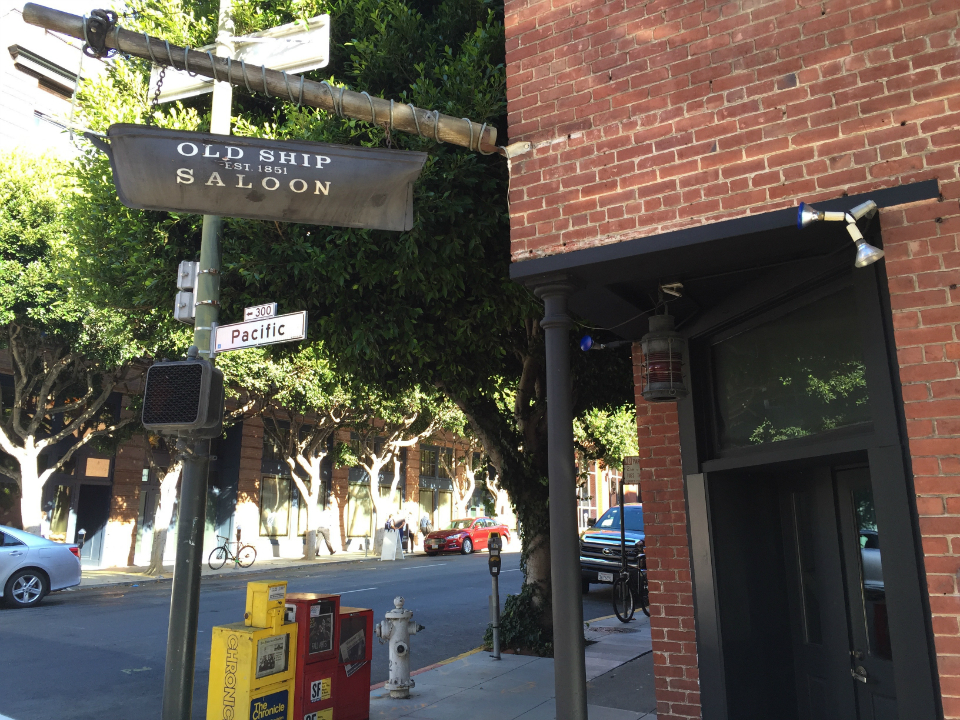
Photo: Geri Koeppel/Hoodline
“We had an opening ceremony in 1998," Bacon said. "We had basically kind of painted where the medallions were going to be on the sidewalk. It was about 2001 before we got all 150 in the ground." It took seven years from the time the idea was conceived until the initial trail was built; another 30 plaques were added over time. "I don't consider it a finished project, however," he said. "We’d like to put in another 100 plaques in between the existing ones, to create a trail-like feeling.”

Photo: Geri Koeppel/Hoodline
For those interested in sponsoring a plaque of their own, they're sold through the San Francisco Museum and Historical Society for $2,600. The purchase price is tax-deductible, as allowed by tax code, and they also can be personalized. Bacon said sales have slowed in recent years, because it's a lot of work. "It’s a lot of calling," he said. "It takes a lot of volunteer time just to get the sponsors. Then we have to go to Public Works to get individual permits. That takes time." After that, each new plaque has to be fabricated by a molder.
Bacon, a writer and real estate manager, said he doesn't earn much from the sales of the guides or tours. "It’s not a moneymaker," he said. "I sell a few copies every month. It’s more like a public service ... it’s to keep the trail alive and to give people an opportunity to use it."
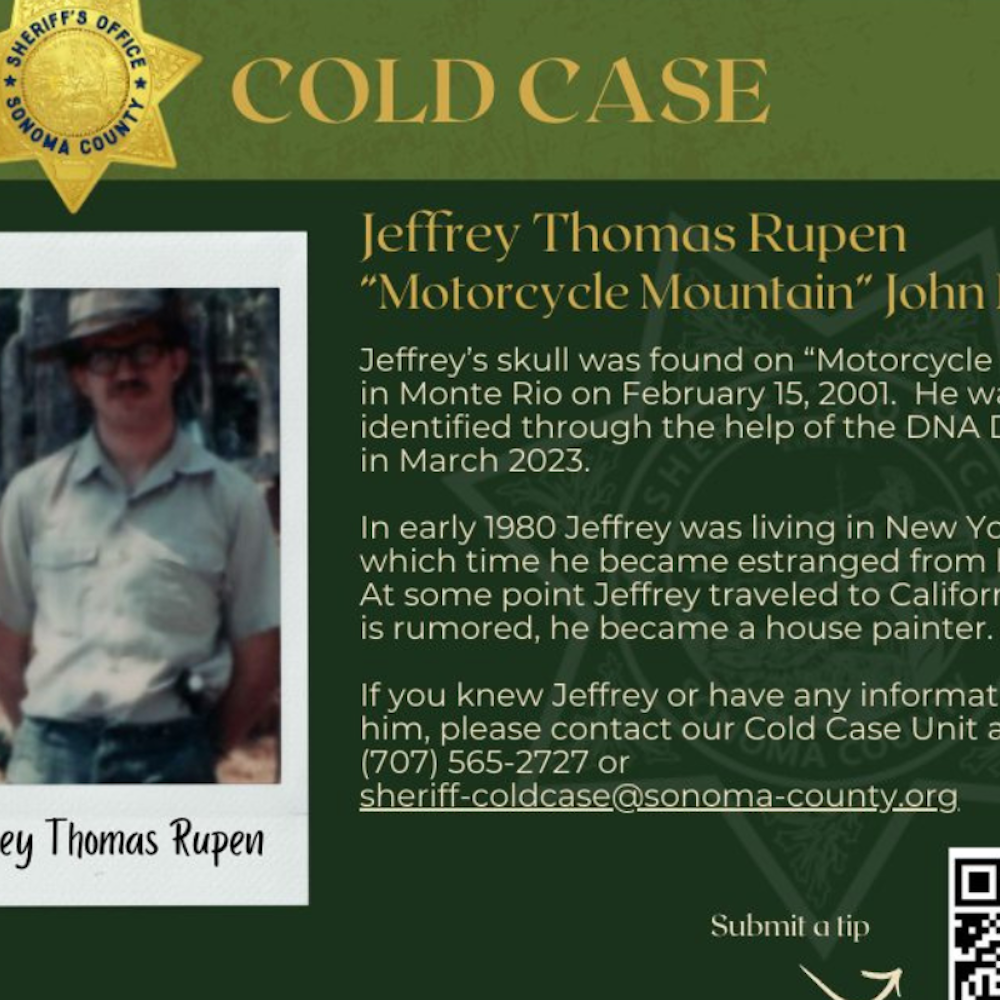
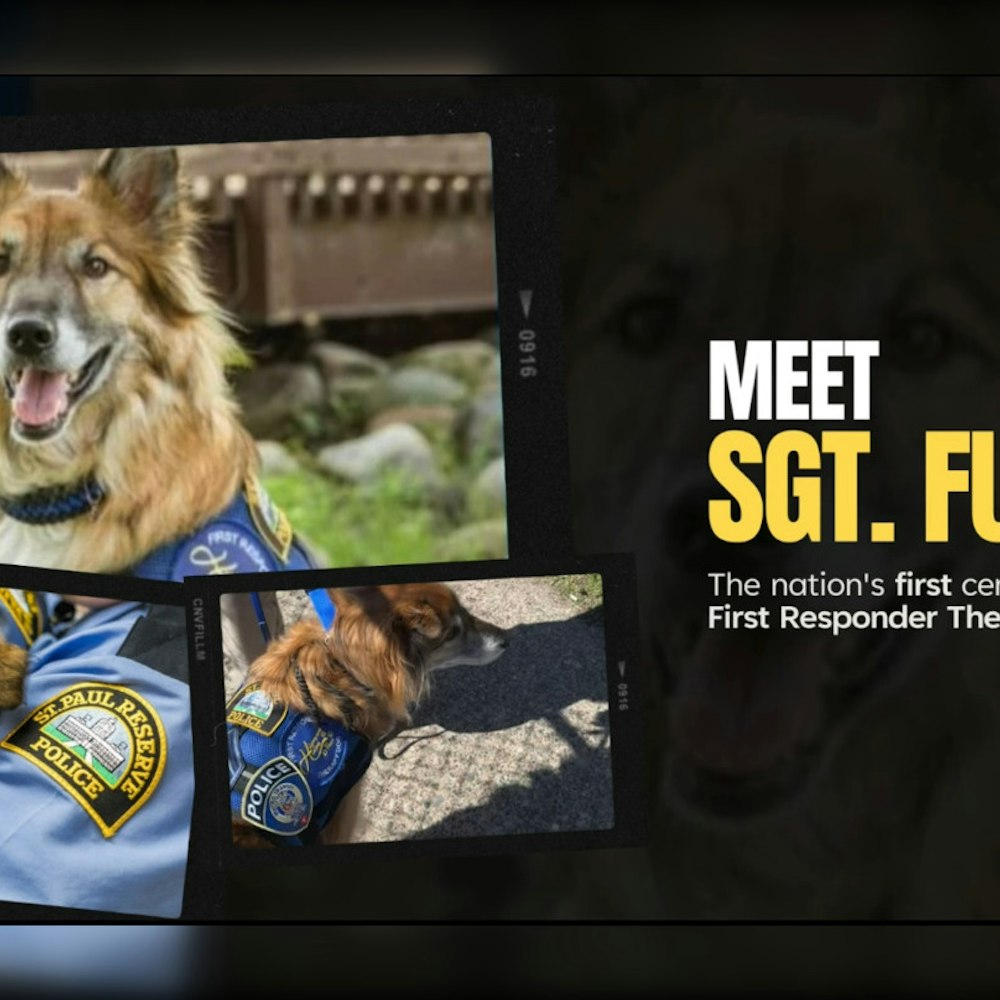
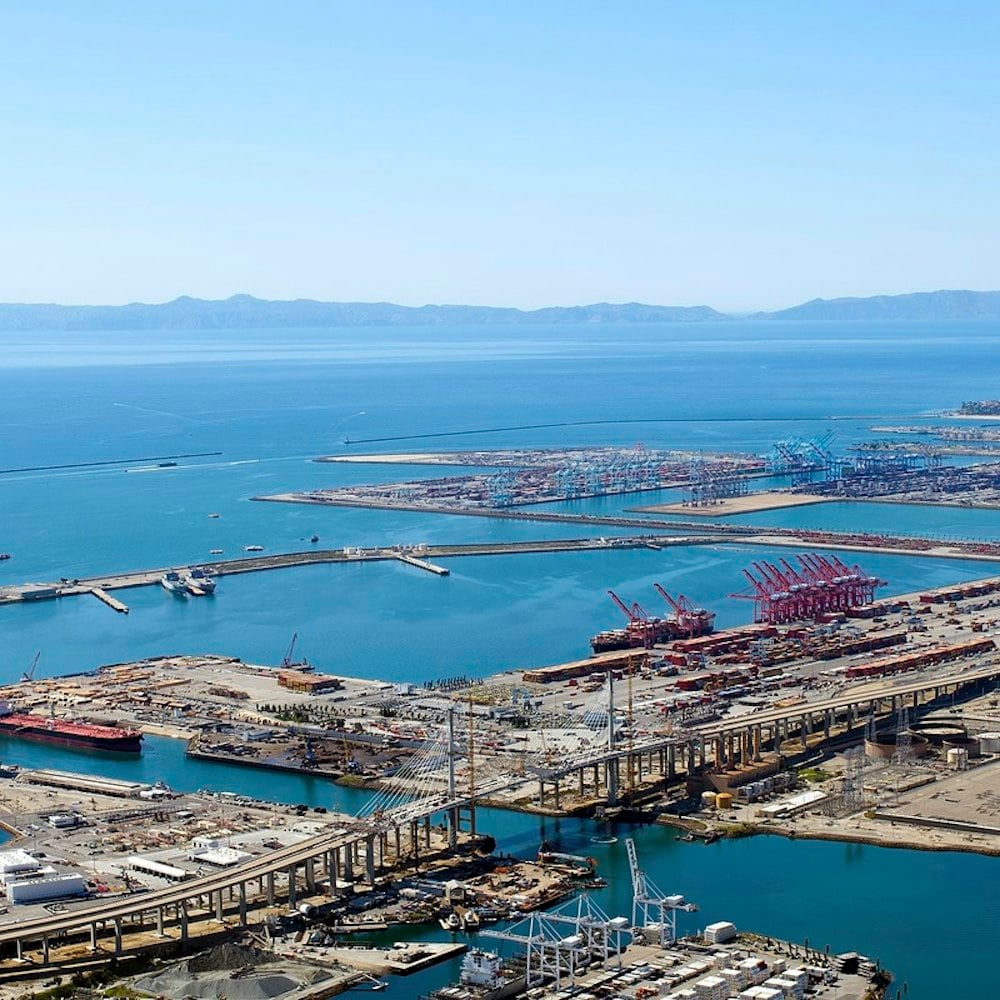



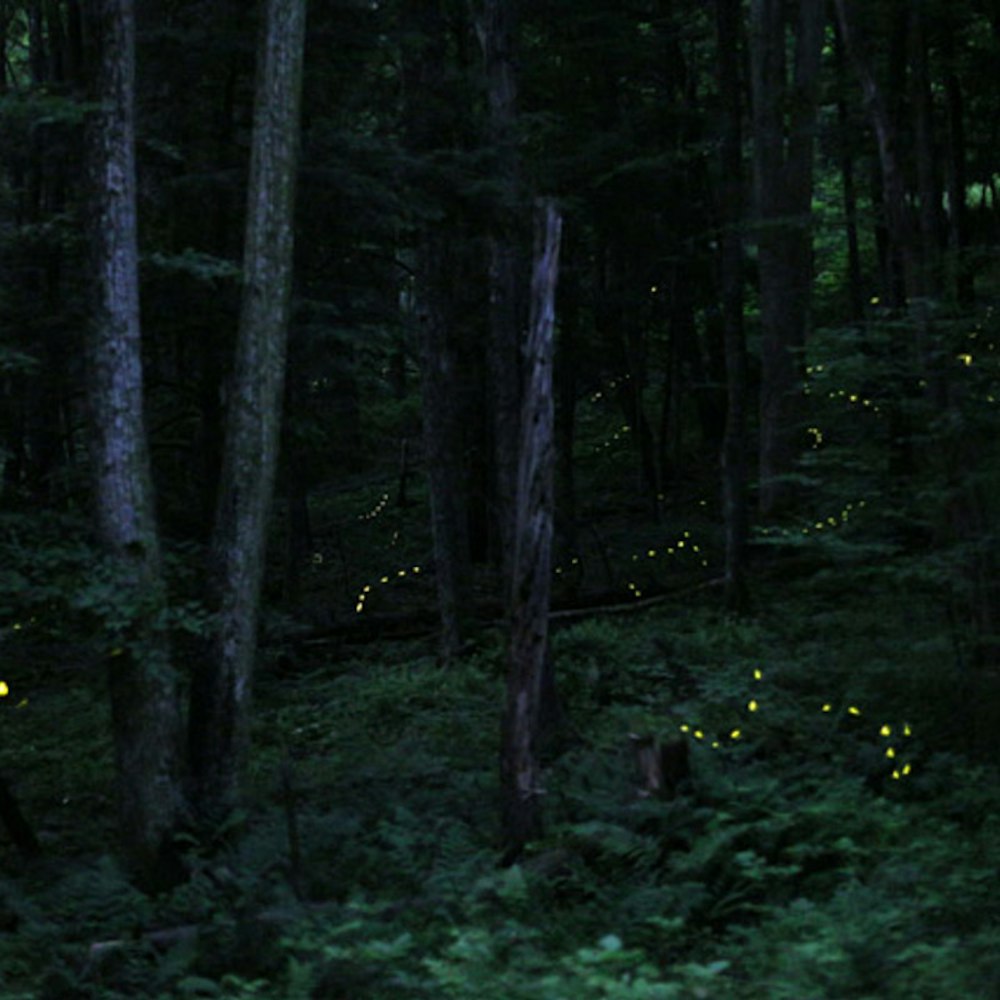
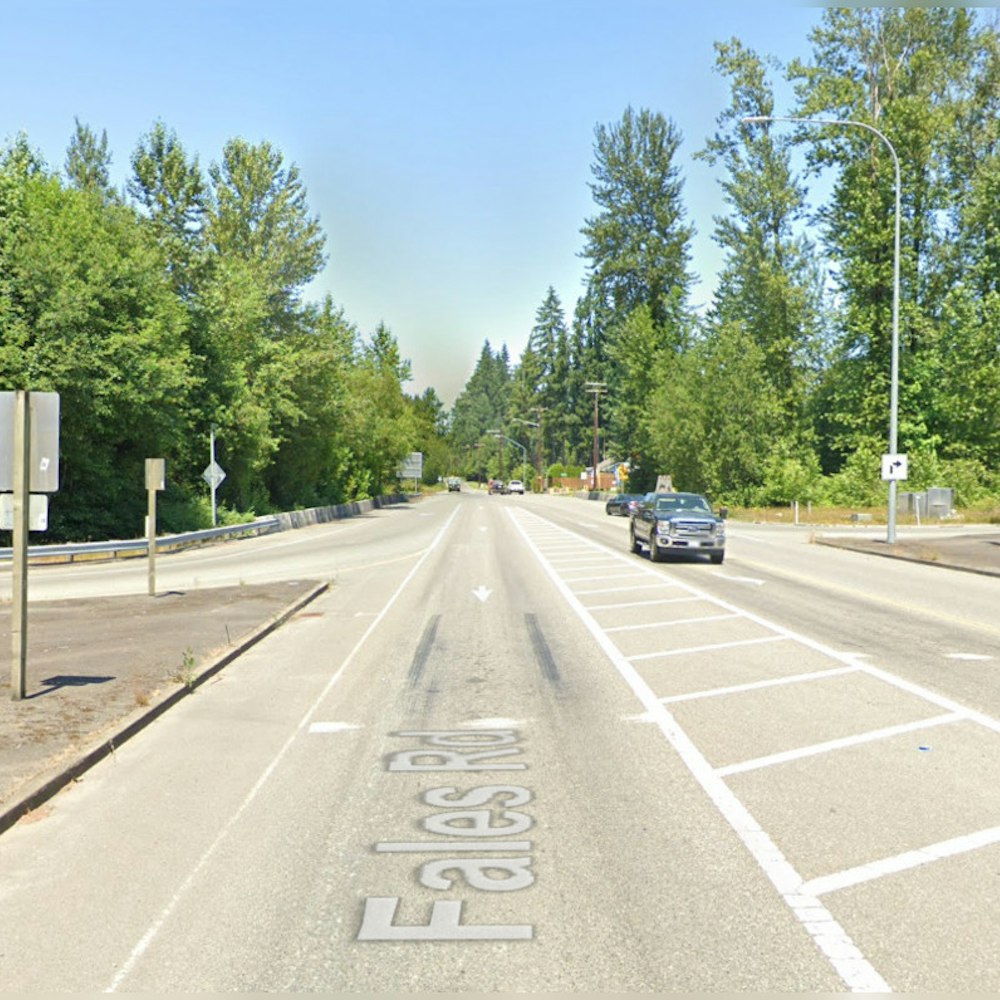
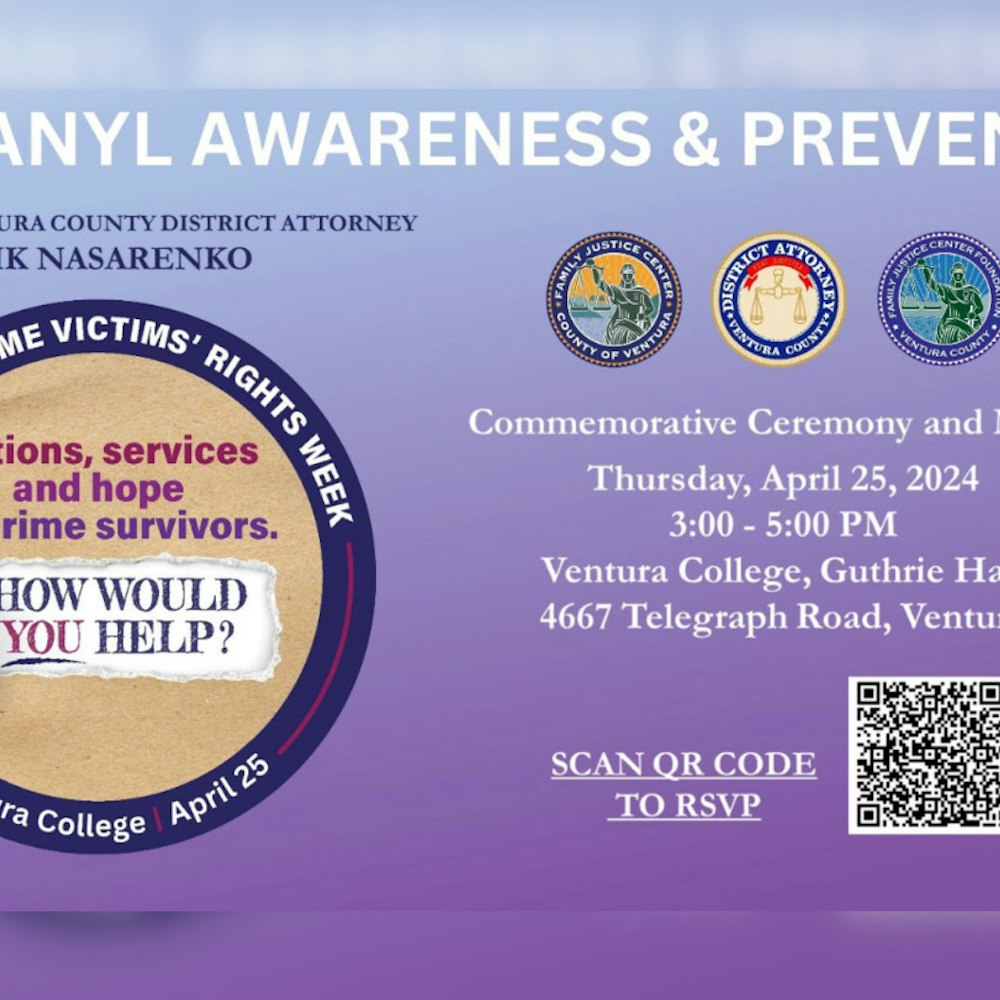
-1.webp?w=1000&h=1000&fit=crop&crop:edges)